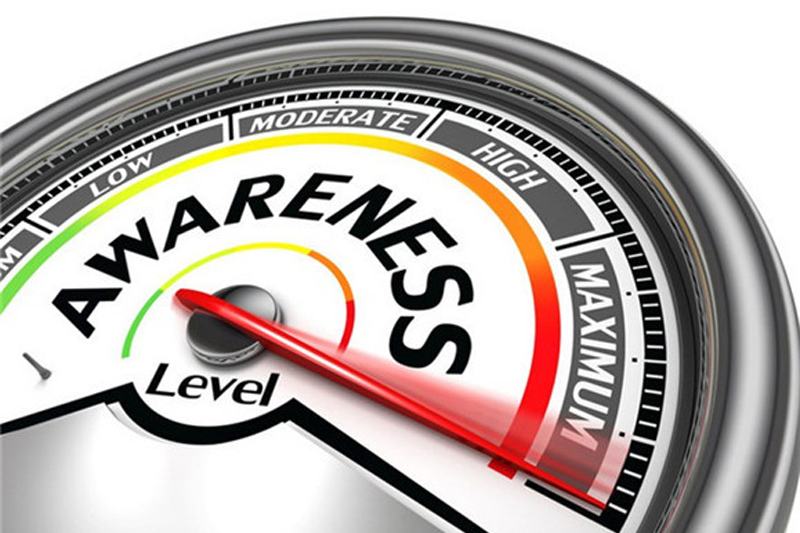
A significant bounceback post-lockdown year notwithstanding, a slowdown is expected for 2022. And as materials shortages and price hikes present ongoing obstacles, one priority for merchants will be to protect and retain customer loyalty whilst growing market share. Amy Ahmed-Dolphin, account director and ESG communications lead for PR and social media agency Whistle PR, looks at the current challenges facing the sector and shares her top tips for creating a winning communications strategy that will help maintain a competitive edge.
Merchant confidence in the market improved across 2021. True, there were supply issues and the impact of Brexit to contend with, but overall sales were very good. Crucially, businesses and consumers were spending again. And whilst the domestic housing market remained strong and drove demand for materials, a fresh customer base appeared for merchants as DIY went off the chart.
The BMBI (Builders Merchant Building Index) then reported the first signs of the sector easing as we reached winter (BMBI Q3 2021 report). Similarly, mergers, acquisitions and expansions have been seen affecting the largest nationals through to local independents. And alongside widespread issues such as energy price rises and new Covid variants, merchants start 2022 facing countless sector-specific pressures including the shortage of HGV drivers, increased digitalisation and accessibility of imported materials.
Unsurprisingly, only a net +32% of merchants have confidence in their own business prospects at this point, according to The Pulse by MRA Research (as reported in PBM’s December edition). So, confronted with the prevailing pressures and coupled with the anticipated slowdown in demand, merchants will need to stand out from the competition and promote their offering effectively to ensure cut-through with customers.
This is where good communications can pay dividends. Detailed below are some of the key areas for merchants to consider when developing a winning communications strategy:
1: Embrace ESG
ESG (Environmental, Social and Governance) is the latest acronym for organisations to get their heads round. The impact and contribution that a business’ operations has on society and the environment matters hugely to customers and supply partners alike — and it’s an issue that is particularly pertinent to the construction industry.
People are moving more towards renewables, low carbon solutions and being socially aware of the businesses/products they sanction. Understanding your position as a business, your key areas of influence and having clear sustainability goals will ensure a credible external communications strategy with purpose.
From a brand communications perspective, start with a clear organisational purpose. Champion the causes that matter to your business, agree topical issues for newsjacking and create a thought leadership strategy that answers three key questions: what are you passionate about; what topics can you credibly own; and what matters to your target audience?
2: Think social first
Social media can be a complex strand of your wider digital comms programme. Merchants should adopt a strategic approach with clear objectives and an understanding of how different platforms and campaign activity can influence the sales funnel from awareness to conversion.
When it comes to defining (or reviewing) your social strategy, decide on what you want to achieve — is it brand awareness, engaging with partners, providing customer service or generating quality sales leads?
Review your current platforms too — are they still where your target audience is?
Be mindful that organic content is limited; it reaches less than 1% of your Facebook audience, for example. View organic as your shop window — a space to reflect your brand personality and demonstrate your organisational purpose.
Accordingly, most brands accept that they now need to pay to play. Amplify engaging, informative and inspirational content via paid media to reach your audience at consideration stage and build brand awareness.
3: Create media cut-through
Traditional print media such as local newspapers has for some time been in decline, but an evolving landscape has also brought opportunity. Falling revenues have led media outlets to better monetise their offering and grow their online and social presence. Businesses which combine earned and paid media through partnerships and sponsored content are capitalising on these new ways to reach an engaged audience across print, social and online.
A different media landscape requires a new media relations strategy. Leave sales messages to paid-for channels and instead focus on strong news hooks such as customer projects and case studies, CSR stories and brand partnerships.
With traditional media moving online, it is worth investing in assets such as infographics, interactive pdfs and short video reports to help make your content even more link-worthy for SEO purposes.
4: Leverage digital PR
With an effective media relations strategy in place, the next step is to make your content work hard online. Newsworthy and shareable content will deliver not only coverage, but quality backlinks on relevant, high domain authority websites, helping you rank better on search engines and increase direct traffic to your website.
Think about your customer’s journey and what they might be searching for and focus on overcoming common challenges, distilling complex information, providing inspiration and delivering expert advice.
Rich content is king, particularly to Google, so create as much video as possible.
Traditional external communications have shifted seismically over the last decade with a rapidly changing media landscape and the explosion of digital media. Merchants must now keep pace; adapting the way they communicate to create cut-through and engage with their audience in an authentic, useful and purpose-driven way.
Whistle PR is an independent reputation consultancy offering strategic consulting, traditional public relations, digital PR, purpose-led PR, social media, internal communications and crisis management.










